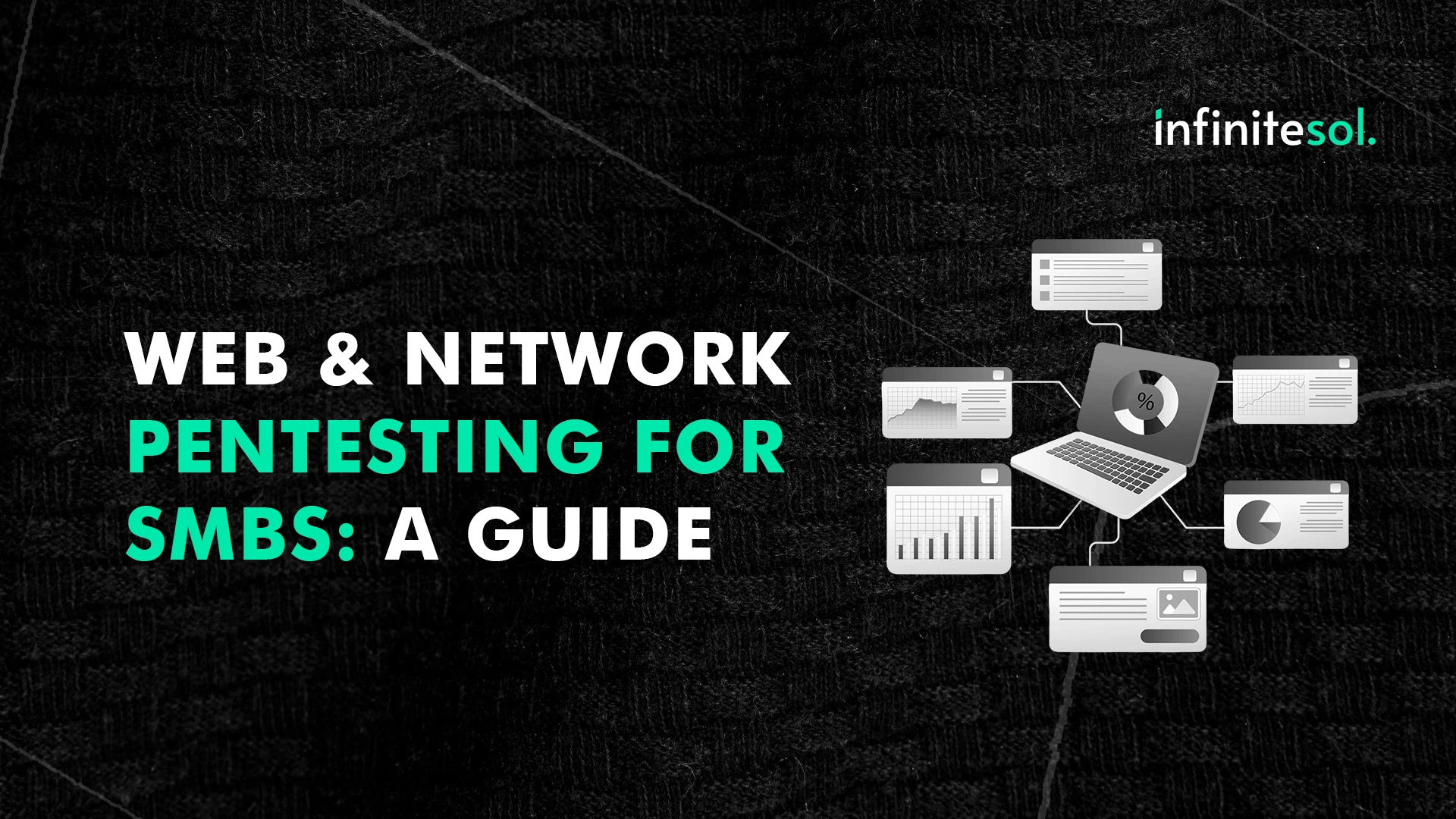Passwords Are Dying: What Beginners Need to Know About Passkeys
We’ve all been there you try to log into your bank or email, only to realize you forgot your password.

For SMBs, cybersecurity isn’t just about firewalls and antivirus anymore. With attacks becoming more sophisticated and regulations tightening web and network penetration testing is now a critical part of maintaining a strong security posture.
This guide explains what pentesting is, why it matters for SMBs, and how to approach it strategically so you get maximum value without unnecessary complexity.
Penetration testing (pentesting) is a simulated cyberattack designed to find security weaknesses before real attackers do.
Think of pentesting as a proactive fire drill but for your IT systems.
Pentesting is not a one-time checkbox, it’s part of a continuous improvement cycle:
Many SMBs lack the internal expertise to perform pentests effectively. An MSSP can:
Web and network pentesting is one of the most effective ways SMBs can proactively identify and fix vulnerabilities before attackers exploit them.
Whether driven by compliance requirements or a desire to strengthen customer trust, regular pentesting is no longer optional, it’s a core component of a mature cybersecurity strategy.
Our team specializes in web & network penetration testing for SMBs, combining real-world attack simulations with clear, actionable remediation guidance. Request your free consultation today and take the first step toward a safer, more resilient business network.